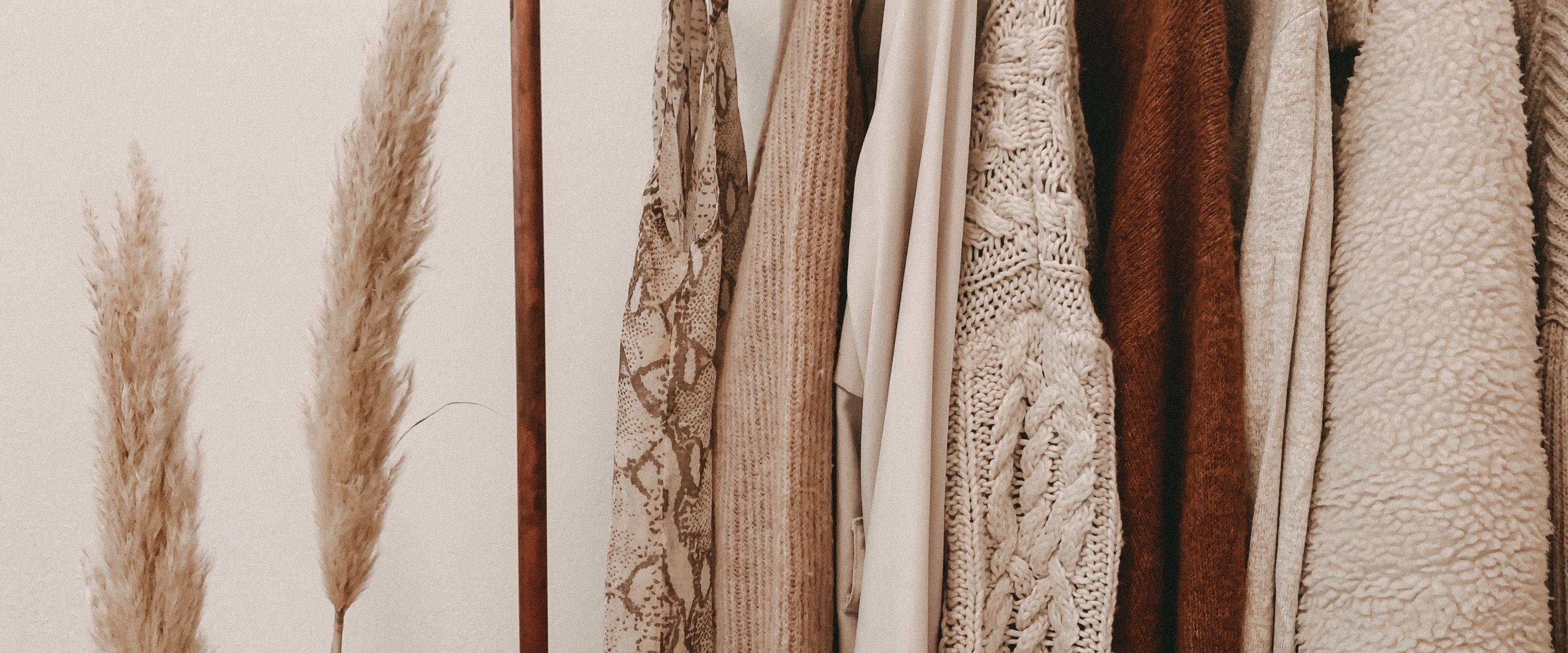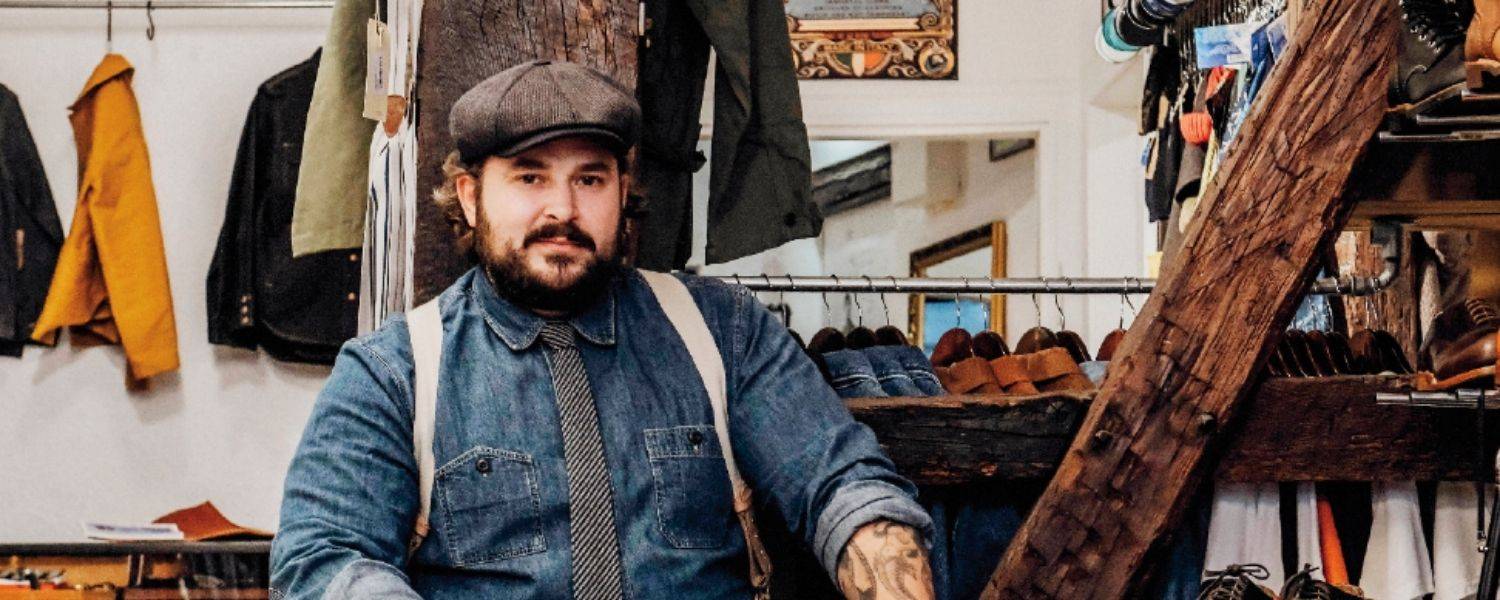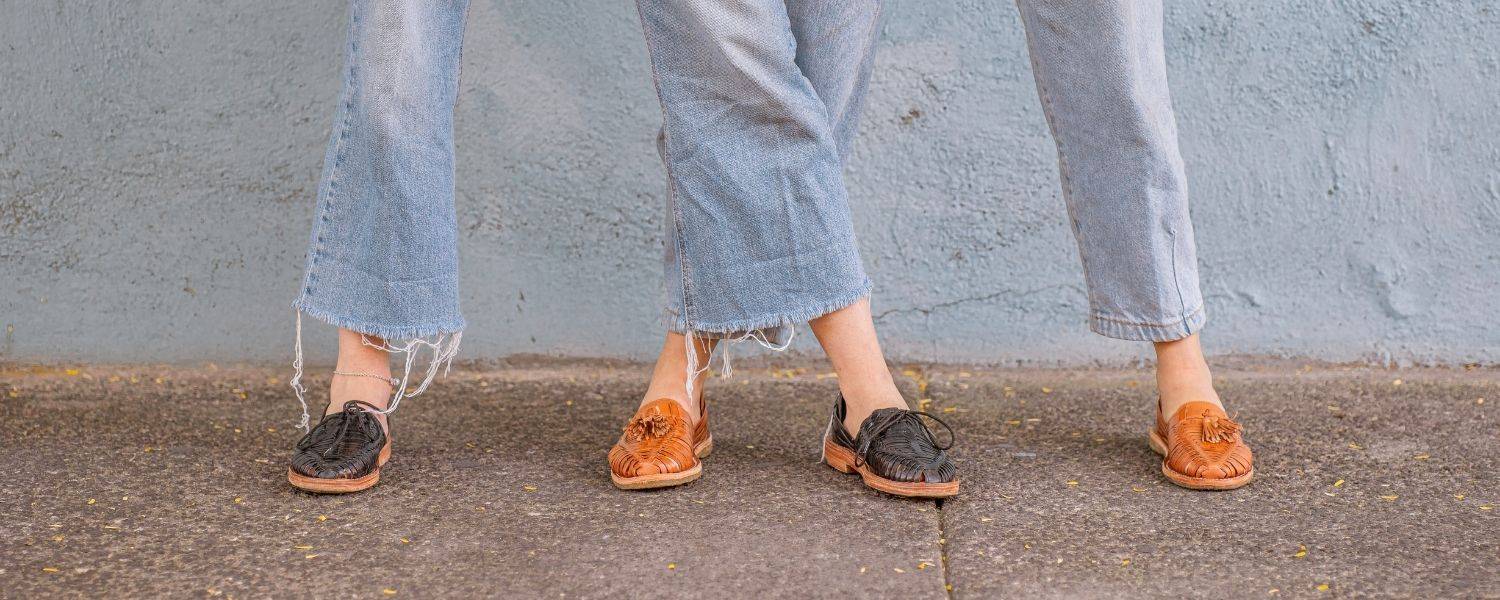The rise of fast fashion in the 1990s has caused a major shift in the fashion industry, with big brands like Zara introducing about 20 collections a year. True enough, the Pretty Planeteer shows how fast fashion harms the environment because it perpetuates the idea that consumers must buy all the latest clothes. This causes the industry to produce 20% of the world’s water waste and 10% of greenhouse gas emissions. Not to mention, the most popular clothing material is polyester, which is made of plastic and is extremely polluting to the environment.
Fortunately, you can help lessen the impact of the fashion industry in your own ways as a consumer. If you're looking for some tips to dress more sustainably, keep reading.





Leave a comment
This site is protected by hCaptcha and the hCaptcha Privacy Policy and Terms of Service apply.